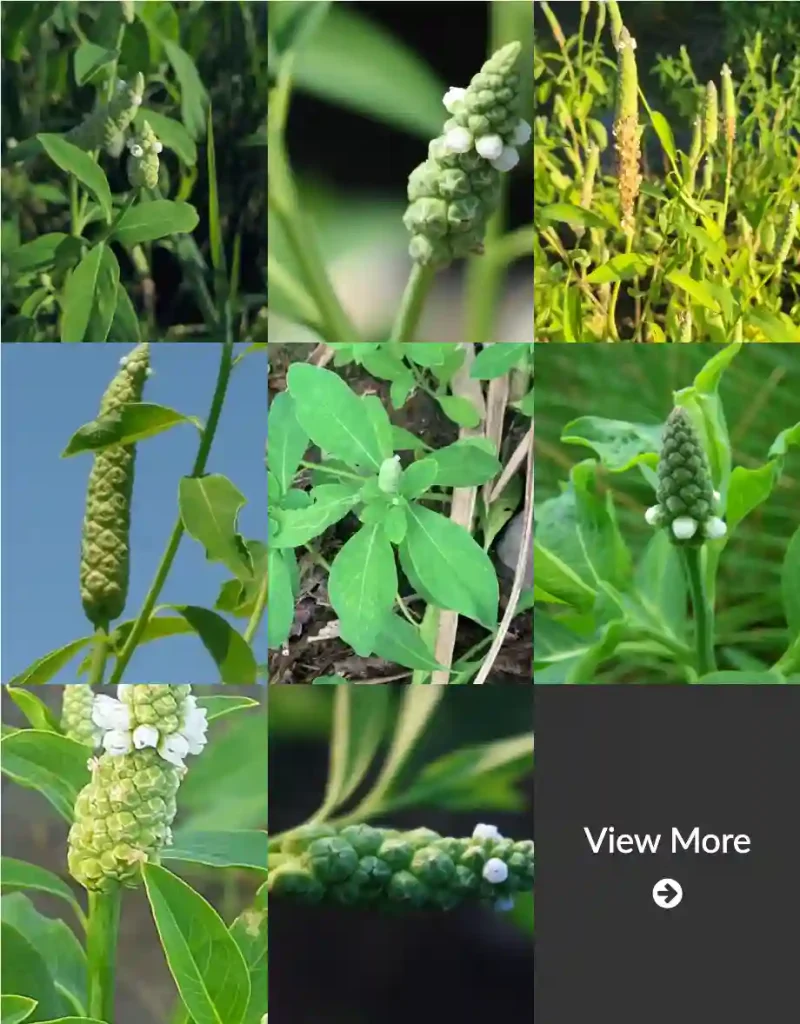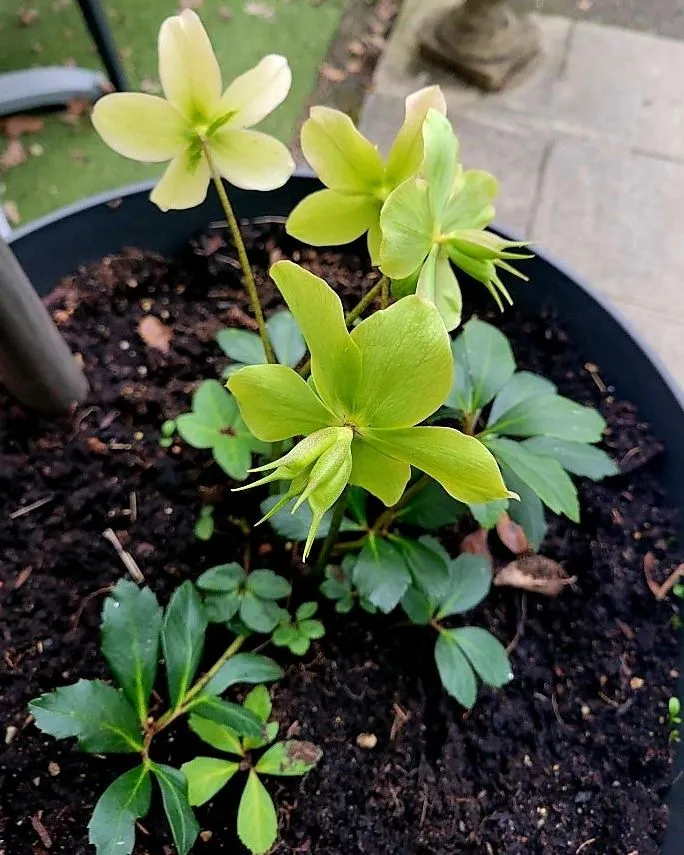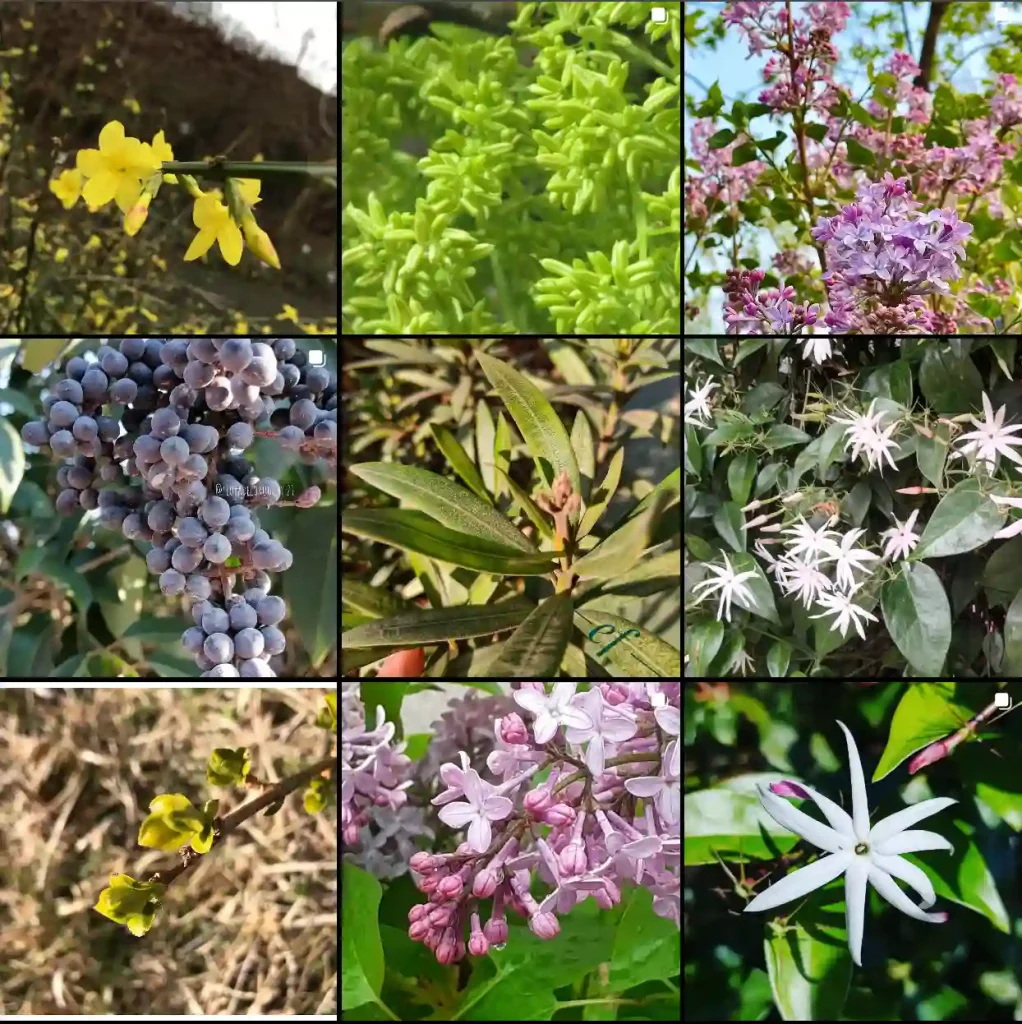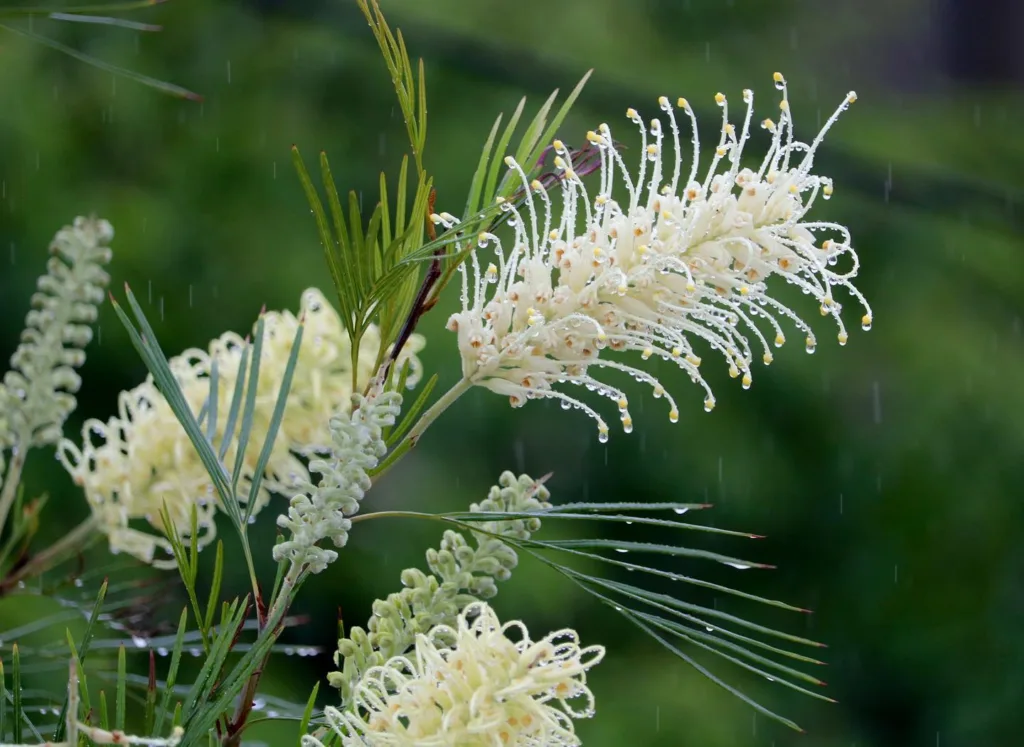My Fascination with the Ericaceae Family
As an avid gardener and nature enthusiast, I’ve always been captivated by the sheer diversity and beauty of the plant kingdom. One particular family that has captured my heart is the Ericaceae, a group of flowering plants renowned for their vibrant blossoms, evergreen foliage, and ecological significance. In this article, I’ll share my personal journey of discovery with the Ericaceae family, exploring its unique characteristics, diverse genera, and the reasons behind my unwavering fascination.
A Tapestry of Colors and Textures
The Ericaceae family, also known as the heath or heather family, comprises a vast array of plants with striking visual appeal. From the delicate bell-shaped flowers of Pieris to the vibrant clusters of Rhododendron, the family showcases a breathtaking tapestry of colors and textures. Their evergreen foliage adds a touch of vibrancy to gardens even in the bleakest of winters, while their adaptability to various soil conditions and climates makes them a favorite among gardeners worldwide.
A Family of Ecological Champions
Beyond their ornamental value, the Ericaceae family plays a crucial role in maintaining ecological balance. Many members of this family, such as blueberries and cranberries, provide vital food sources for wildlife, including birds, insects, and mammals. Their association with mycorrhizal fungi enhances nutrient uptake and soil health, contributing to the overall well-being of ecosystems. The Ericaceae family’s ability to thrive in challenging environments, including acidic bogs and nutrient-poor soils, further underscores their ecological resilience.
A Rich Diversity of Genera
The Ericaceae family boasts a remarkable diversity of genera, each with its own unique charm and characteristics. Let’s explore members of this captivating family:
- Rhododendron: Perhaps the most iconic genus within the Ericaceae family, Rhododendrons are renowned for their spectacular blooms, ranging from delicate pastels to vibrant reds and purples. Their evergreen foliage and adaptability to various growing conditions make them a staple in gardens around the world. – 1164 Species in Genus Rhododendron
- Pieris: Also known as Andromeda or Lily-of-the-valley shrub, Pieris captivates with its clusters of delicate, bell-shaped flowers and glossy evergreen foliage. Its elegant appearance and adaptability to shady areas make it a popular choice for woodland gardens. – 10 Species in Genus Pieris
- Kalmia: Commonly referred to as Mountain Laurel, Kalmia showcases unique, saucer-shaped flowers with intricate markings. Its evergreen foliage and tolerance for acidic soils make it a valuable addition to native plant gardens. – 9 Species in Genus Kalmia
- Vaccinium: This genus encompasses a variety of economically important plants, including blueberries, cranberries, and huckleberries. Their delicious fruits and attractive foliage make them a delightful addition to both edible and ornamental gardens. – 488 Species in Genus Vaccinium
- Erica: Commonly known as Heather, Erica species are low-growing shrubs with needle-like foliage and clusters of tiny, bell-shaped flowers. Their ability to thrive in acidic, well-drained soils makes them ideal for rock gardens or coastal landscapes. – 847 Species in Genus Erica
- Calluna: Often referred to as Scotch Heather, Calluna vulgaris is a single species within its genus, known for its vibrant purple flowers and extensive groundcover capabilities. Its resilience and adaptability make it a popular choice for erosion control and naturalized areas. – Calluna Vulgaris in Genus Calluna – Heathers
- Acrothamnus Quinn
- Acrotriche R.Br.
- Agapetes D.Don ex G.Don
- Agarista D.Don ex G.Don
- Agiortia Quinn
- Allotropa Torr. & A.Gray
- Andersonia R.Br.
- Andromeda L. – Andromeda Polifolia in Genus Andromeda
- Androstoma Hook.f.
- Anthopteropsis A.C.Sm.
- Anthopterus Hook.
- Arbutus L. – 14 Species in Genus Arbutus
- Archeria Hook.f.
- Arctostaphylos Adans. – 78 Species in Genus Arctostaphylos
- Arctous Nied.
- Bejaria Mutis
- Brachyloma Sond.
- Bryanthus S.G.Gmel.
- Cassiope D.Don
- Cavendishia Lindl.
- Ceratiola Michx.
- Ceratostema Juss.
- Chamaedaphne Moench
- Cheilotheca Hook.f.
- Chimaphila Pursh
- Comarostaphylis Zucc.
- Conostephium Benth.
- Corema D.Don
- Cosmelia R.Br.
- Costera J.J.Sm.
- Craibiodendron W.W.Sm.
- Cyathodes Labill.
- Cyathopsis Brongn. & Gris
- Daboecia D.Don
- Decatoca F.Muell.
- Demosthenesia A.C.Sm.
- Didonica Luteyn & Wilbur
- Dielsiodoxa Albr.
- Dimorphanthera (Drude) F.Muell.
- Diogenesia Sleumer
- Disterigma (Klotzsch) Nied.
- Dracophyllum Labill.
- Elliottia Muhl. ex Elliott
- Empetrum Tourn. ex L.
- Enkianthus Lour. – 14 Species in Genus Enkianthus
- Epacris Cav.
- Epigaea L.
- Eremotropa Andres
- Eubotryoides (Nakai) H.Hara
- Eubotrys Nutt.
- Gaultheria Kalm ex L. – 295 Species in Genus Gaultheria
- Gaylussacia Kunth
- Gonocalyx Planch. & Linden
- Hemitomes A.Gray
- Kalmiopsis Rehder
- Lateropora A.C.Sm.
- Lebetanthus Endl.
- Ledothamnus Meisn.
- Leptecophylla C.M.Weiller
- Leucopogon R.Br.
- Leucothoe D.Don – 5 Species in Genus Leucothoe
- Lissanthe R.Br.
- Lyonia Nutt.
- Lysinema R.Br.
- Macleania Hook.
- Melichrus R.Br.
- Moneses Salisb. ex Gray
- Monotoca R.Br.
- Monotropa L. – 4 Species in Genus Monotropa
- Monotropastrum Andres
- Monotropsis Schwein. ex Elliott
- Montitega C.M.Weiller
- Mycerinus A.C.Sm.
- Needhamiella L.Watson
- Notopora Hook.f.
- Oligarrhena R.Br.
- Oreanthes Benth.
- Ornithostaphylos Small
- Orthaea Klotzsch
- Orthilia Raf.
- Oxydendrum DC.
- Paphia Seem.
- Pellegrinia Sleumer
- Pentachondra R.Br.
- Periclesia A.C.Sm.
- Phyllodoce Salisb.
- Pityopus Small
- Planocarpa C.M.Weiller
- Pleuricospora A.Gray
- Plutarchia A.C.Sm.
- Polyclita A.C.Sm.
- Prionotes R.Br.
- Psammisia Klotzsch
- Pterospora Nutt.
- Pyrola L.
- Rhodothamnus Rchb.
- Richea R.Br.
- Rigiolepis Hook.f.
- Rusbya Britton
- Sarcodes Torr.
- Satyria Klotzsch
- Semiramisia Klotzsch
- Siphonandra Klotzsch
- Sphenotoma Sweet
- Sphyrospermum Poepp. & Endl.
- Sprengelia Sm.
- Stenanthera R.Br.
- Styphelia Sm.
- Themistoclesia Klotzsch
- Thibaudia Ruiz & Pav. ex J.St.-Hil.
- Trochocarpa R.Br.
- Utleya Wilbur & Luteyn
- Woollsia F.Muell.
- Xylococcus Nutt.
- Zenobia D.Don – Zenobia Pulverulenta in Genus Zenobia
A Lifelong Journey of Discovery
My fascination with the Ericaceae family continues to grow with each passing year. I find endless joy in exploring new species, cultivating unique cultivars, and witnessing the transformative power of these plants in my own garden. The Ericaceae family’s ability to blend beauty, ecological significance, and adaptability serves as a constant source of inspiration, reminding me of the interconnectedness of nature and the wonders that await those who take the time to observe and appreciate.
As I continue my journey of discovery with the Ericaceae family, I encourage fellow garden enthusiasts and nature lovers to explore the captivating world of these remarkable plants. Whether you’re drawn to their vibrant blooms, evergreen foliage, or ecological contributions, the Ericaceae family offers something to delight and inspire everyone. So, venture out into your garden, local park, or natural area, and allow yourself to be enchanted by the magic of the Ericaceae family.
If i die, water my plants!



